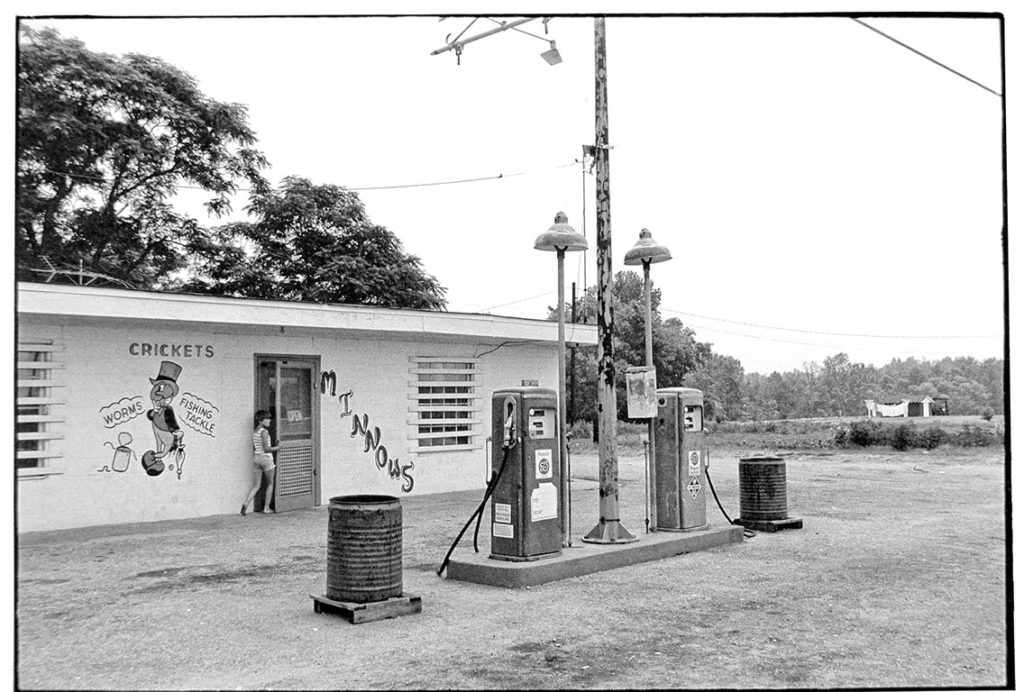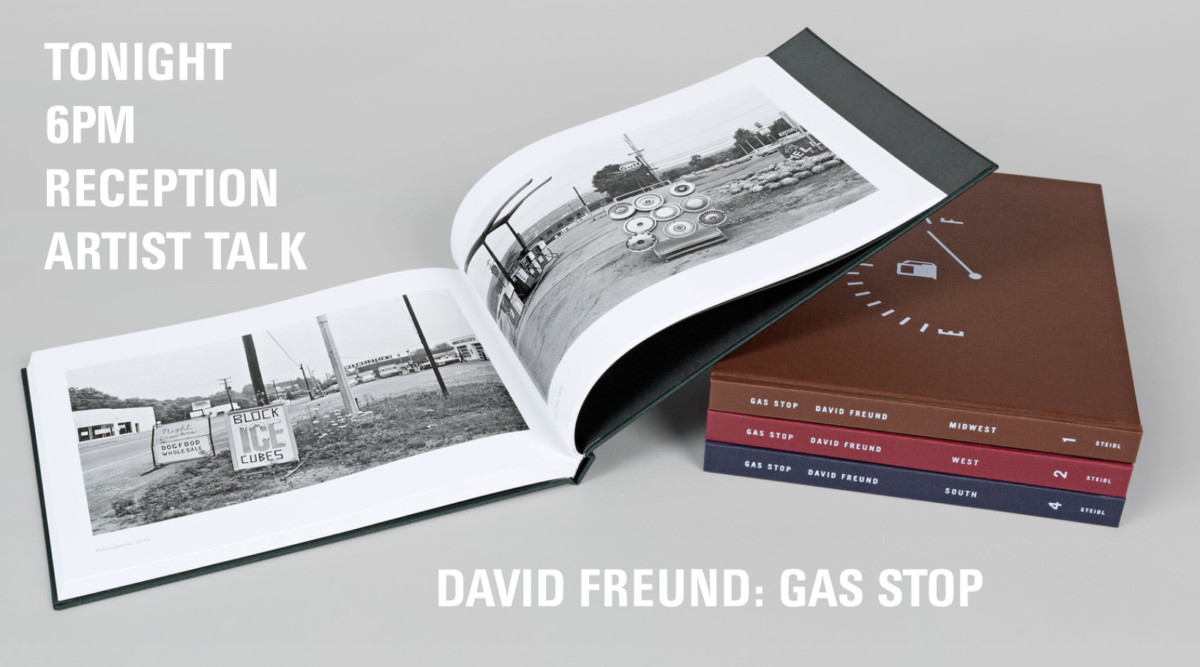The 2017 Senior Exhibition Series is here!
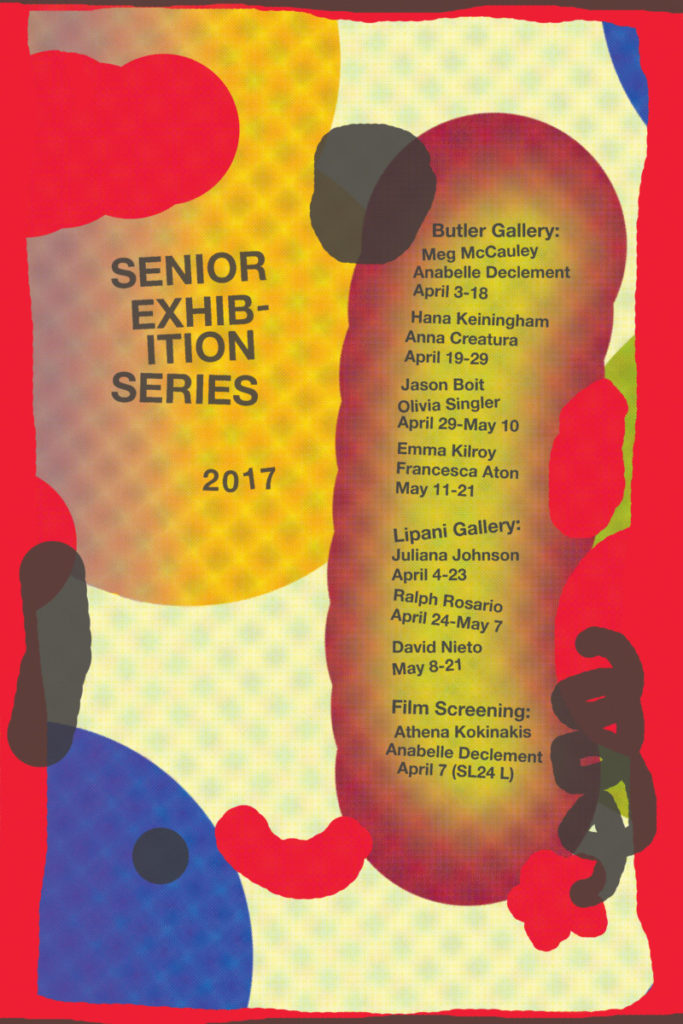
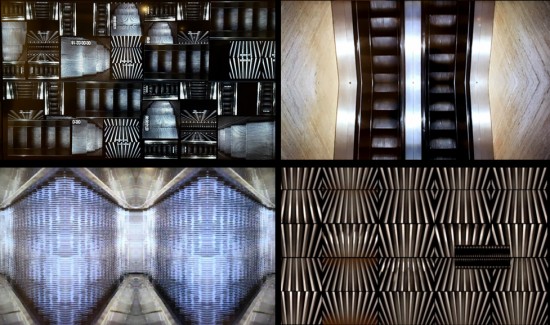
Review of Prismatic Shifts on Art Critical
A review of Prismatic Shifts (at The Ildiko Butler Gallery until March 31, 2017), has been posted on Art Critical:
“Carleen Sheehan has curated a small but intriguing exhibition at Fordham that brings out new ideas from two fearlessly inventive artists, Diana Cooper and Lee Boroson, each better known for large installations.”
Reception & Artist Talk Tonight 3/22: David Freund: “Gas Stop” at Fordham’s Lipani Gallery
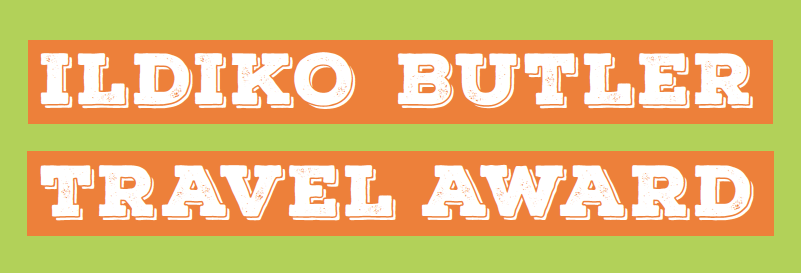
Ildiko Butler Travel Award
The Department of Theatre and Visual Arts is pleased to announce the 2017 Ildiko Butler Travel Award for Excellence in Visual Arts. Three grants of up to $3000 each will be given to photographers of promise to make work independently during the following academic year. One of the grants has been specifically set aside for photographing in Italy. If you are applying for the Italy grant, please indicate that in your proposal.
Sophomore and Junior Visual Arts majors are eligible.
Application Requirements
- Project proposal (250 words maximum) and detailed budget
- List of all art & art history courses you have taken and are taking.
- Grades in your completed art & art history courses.
- 15 images of your best photography printed or on a drive.
- Title, date, medium, size for each image.
- Name, ID number, email address, phone number.
Address and drop off to
ILDIKO BUTLER TRAVEL AWARD
Lowenstein Room 423
c/o Mark Street, Program Director, Visual Arts
Applications are due on Wednesday, April 12, 2017 by 12 noon
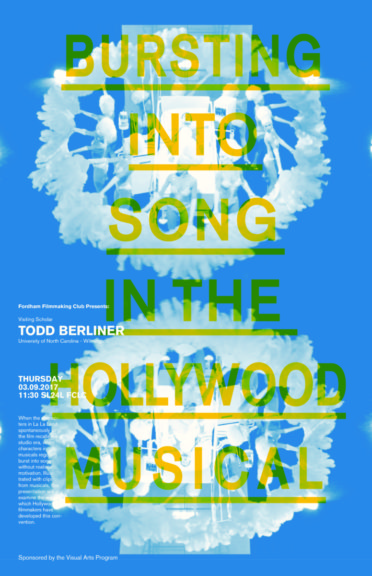
Todd Berliner: Bursting into Song in the Hollywood Musical
Fordham Filmmaking Club presents
Visiting Scholar Todd Berliner
“Bursting into Song in the Hollywood Musical”
When the characters in La La Land spontaneously sing, the film recalls the studio era, when characters in musicals regularly burst into song without realistic motivation. Illustrated with clips from musicals, this presentation will examine the ways in which Hollywood filmmakers have developed this convention.
Thursday March 9
SL 24L
11:30 FCLC
Todd Berliner, Professor of Film Studies at the University of North Carolina Wilmington is the author of Hollywood Aesthetic: Pleasure in American Cinema (Oxford University Press, 2017)
Sponsored by the Visual Arts Department

Junior Review
TO BE CONSIDERED FOR SENIOR THESIS STUDIES
Please submit a thumb drive with the following material:
- COVER SHEET: Name, email, phone, and your thesis advisor.
- WORK: 10 to 15 high-quality jpegs /pdf of work or 10 minutes (approx.) total of film/video pieces.
- CLASSES: List all art and art history courses current and past. Include grades received.
- STATEMENT: Maximum 300-word about the work you wish to pursue. (Discuss concept, medium, and stylistic approach).
Note: We strongly encourage you to consult a faculty member for help selecting portfolio works and writing your statement. - LABEL thumb drive with name and enclose in an envelope with name and email on front.
MATERIAL DUE DATE: Wednesday, April 12th by 11:30am.
- Drop off in room 423. Mailbox: Casey Ruble
- Pickup of application in room 423 after 6pm.
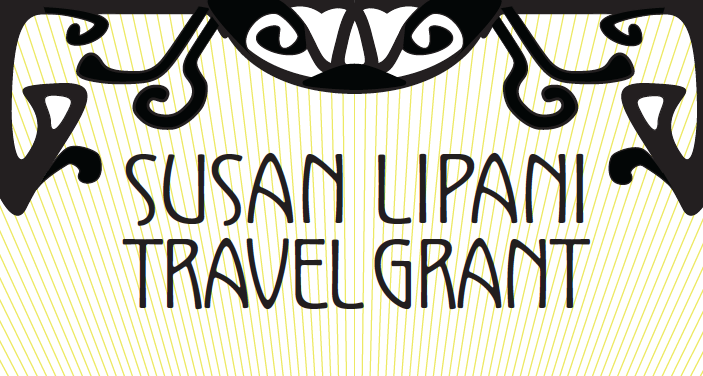
Susan Lipani Travel Grant
The Department of Theatre and Visual Arts is pleased to announce the 2017 Susan Lipani Travel Grant, which will provide two outstanding Sophomore or Junior Visual Arts majors with grants of $1500 each, for independent travel during the summer of 2017, or during the winter break in January, 2018.
HOW TO APPLY: Sophomore and Junior Visual Arts majors working in the following concentrations are eligible: Painting & Drawing | Film & Video | Graphic Design | Architecture
DEADLINE: Applications are due on Wed., April 12, 2017 by 12 NOON.
APPLICATION PROCESS: Compile the following:
- A proposed itinerary.
- Project description (250 words maximum) and detailed budget.
- List of all art and art history courses you have taken and are currently taking, along with the grades in the completed courses.
- Up to 10 samples of your best artwork in the following formats: Digital images, film or video on a CD/thumb drive, originals (e.g., drawings, paintings, prints, photographs).
- Checklist: List for each sample – title, date, medium, size.
- Contact Information: Name, Fordham ID no., email, cell no.
- Questions: mstreet@fordham.edu
- Address and drop off to:
SUSAN LIPANI TRAVEL GRANT
FCLC | LOWENSTEIN ROOM 423
c/o MARK STREET, Program Director, Visual Arts
FINAL REQUIREMENTS: The successful candidates will be required to submit a short report summarizing their experiences.
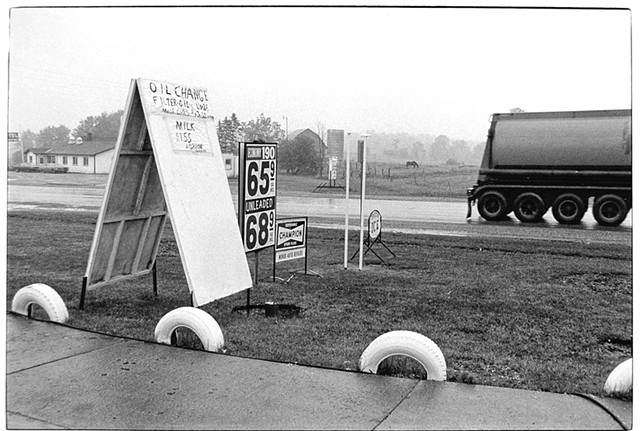
David Freund: Gas Stop
David Freund: Gas Stop 1978-1981
The Lipani Gallery
March 1–March 31, 2017
Reception: Wednesday, March 22, 2017, 6–7 pm
Artist Talk: 7–8pm
Curator: Stephan Apicella-Hitchcock
Fordham University is proud to present David Freund: Gas Stop, a sampling of twenty-seven black & white photographs pulled from a much larger investigation made between 1978 to 1981.
In the twentieth century any American driver or passenger would likely stop at a gas station weekly, not just for gas. Then, gas stations were also oases offering food and drink, car repairs, directions, telephones, maps and, importantly, bathrooms. Yet, beyond appreciation as architectural novelties, they and their offerings have been little photographed.
From 1978 to 1981, David Freund looked at the culture, architecture and landscape of gas stations in more than forty states. The photographs show customers and workers interacting, gassing up, or just hanging out. Architecture and signage, both corporate and vernacular, reach out to passing drivers.
Gas Stop presents the designed or natural landscaping seen at stations, and the regional landscapes that hold and surround them. Sparking recognition and recollection, the photographs, accrue as elements in a nonlinear narrative of automotive America.
Of more than 200,000 gas stations in the United States at the time of his project, today about half are gone, especially full service ones. Such stations and their offerings exist now mostly in memory and in this work.
David writes:
On the first morning of an intended photographic project, outside of my motel was a gas station from which I photographed a dark and rolling tanker truck as its four black tires passed a line of four half-buried white tires. In the misty distance was a grazing horse, framed by the back of the truck. In front of the station was a large, hand-lettered sign advertising milk, and across the road a small, local motel. As someone later commented, “These are about everything.”
The painter Miles Forst once described gas stations as a place to go to fill up your tank and shut off your brain. That morning, however, I became aware of gas stations as a locus for many elements that characterize America. And whether stopping in or hanging out, people in motion are often around to enliven and propel the narrative.
From that moment, looking out from and looking in at gas stations became my new project, which in the end entailed travel to forty-seven states and stops at thousands of stations. All provided discoveries. —David Freund
David Freund Photography
View his forthcoming book on Steidl Books

Prismatic Shifts
Prismatic Shifts
Curator: Carleen Sheehan
The Ildiko Butler Gallery
February 22—March 31, 2017
Artist Reception Friday, February 24, 6–8
PRISMATIC SHIFTS will feature site-specific works by artists Lee Boroson and Diana Cooper, working in collaborative engagement with each other’s work and the space surrounding the gallery. Both artists were inspired by the physical space of the Butler Gallery itself, which, with it’s glassed-in front wall and small lense-like windows onto 60th Street, functions as both a vitrine to showcase work and as a prism that reflects and refracts the activities taking place outside it. Both artists share an inclination for engaging and altering our perception of environments in simple yet innovative ways, and they plan to construct artworks that will connect visually to the architecture and activity of both the Lowenstein lobby and the street outside, underscoring the fluidity of our perception of the built and natural worlds, and the ways in we make connections and generate meaning through visual language.
